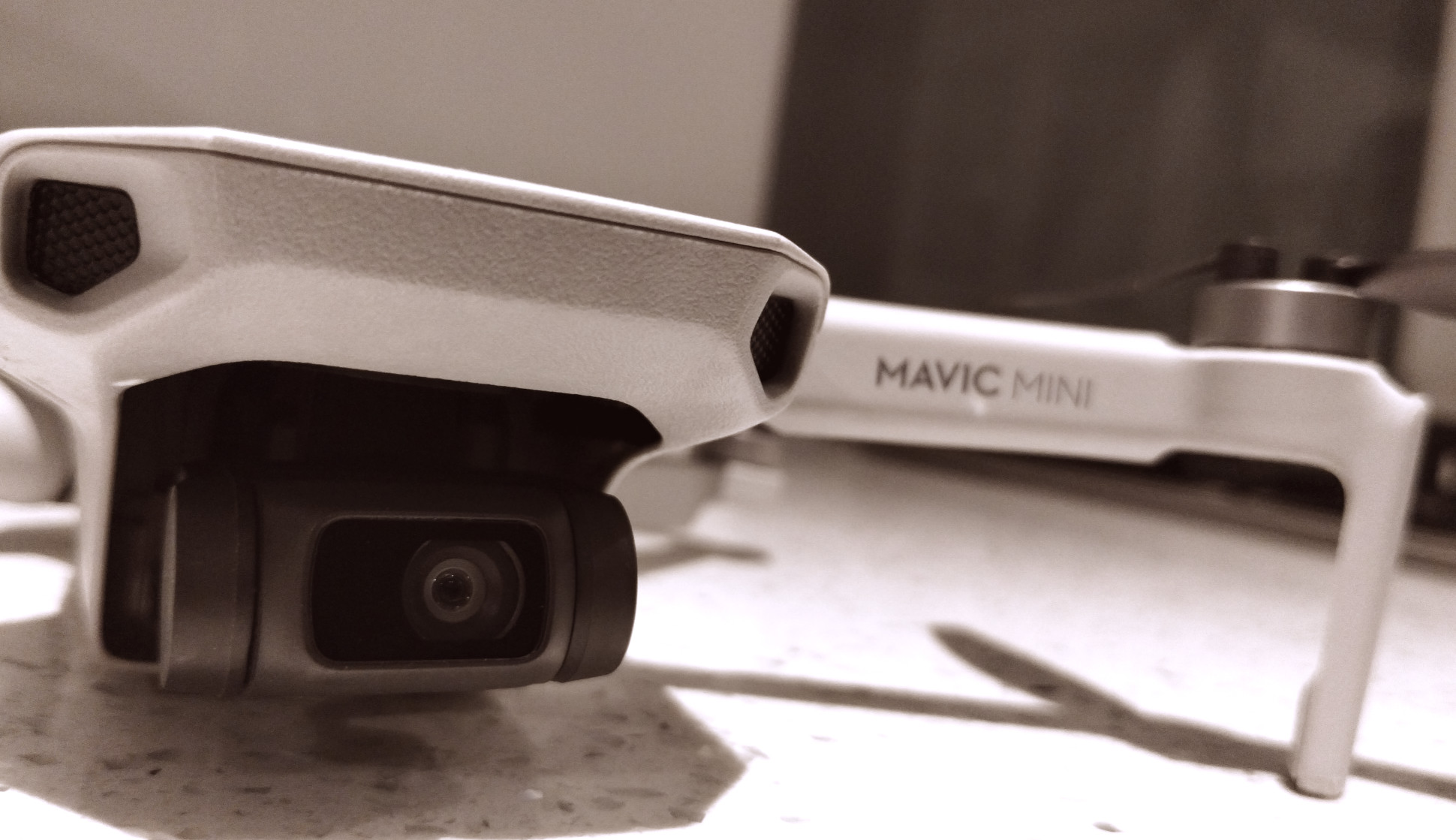Flying Fun with the DJI Mavic Mini
Created by the Chinese company DJI, when the Mavic Mini was released it tried to pack in all that was great about the company's larger, more expensive drones into a small portable footprint. It’s design was clever, it had foldable arms which allowed it to be collapsed down and was more impressive than DJI's previous efforts, the Spark. DJI’s mission, to keep the weight down and price, the Mavic Mini made only one major compromise: It could not do 4K video, but It could shoot up to 2.7K video, which still looks good today.

As the Mavic Mini was small in size, light, and very portable. It became the perfect video drone for amateurs traveling, taking on holiday, hikers and backpackers. It weighed 249 grams, which was important, making it exempt from some aviation rules.

The Mavic Mini was easy to fly and came with a remote control which plugged into your phone, it then provided a first person view from the onboard camera. Today the Mavic Mini is still a great drone to fly, easy, fast, nimble and responsive. The DJI app was straight forward to use. Within the app the Mavic Mini had a few different flight modes, Regular, Sport, and a Cine mode which gave the drone a very slow and smooth movement for taking video. Battery power could keep the drone flying for about 25 minutes, but wind speed and general flying conditions would play a factor in how long you can fly.
Another missing feature, front and rear collision sensors, but it's so easy to fly you don't really need them. The Mavic Mini does have a downward facing ground detector, used to land. Buying one of these second hand today could make some sense now, hence me finding one, so considering the price, size and what you can get from the Mavic Mini, it's worth keeping a lookout!
